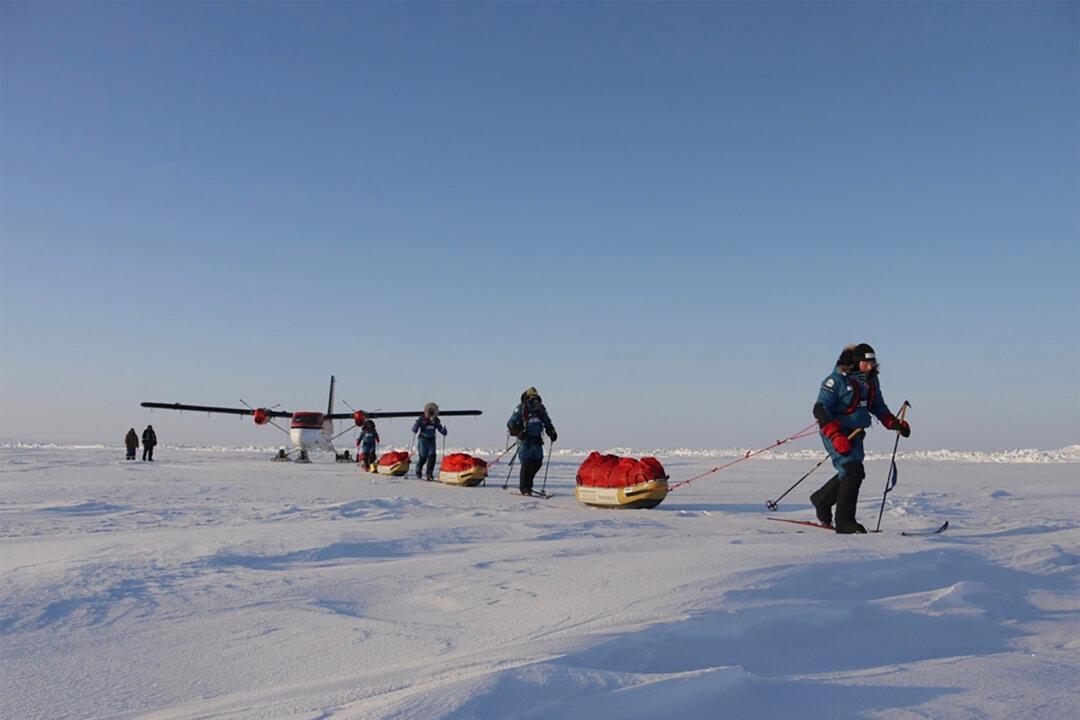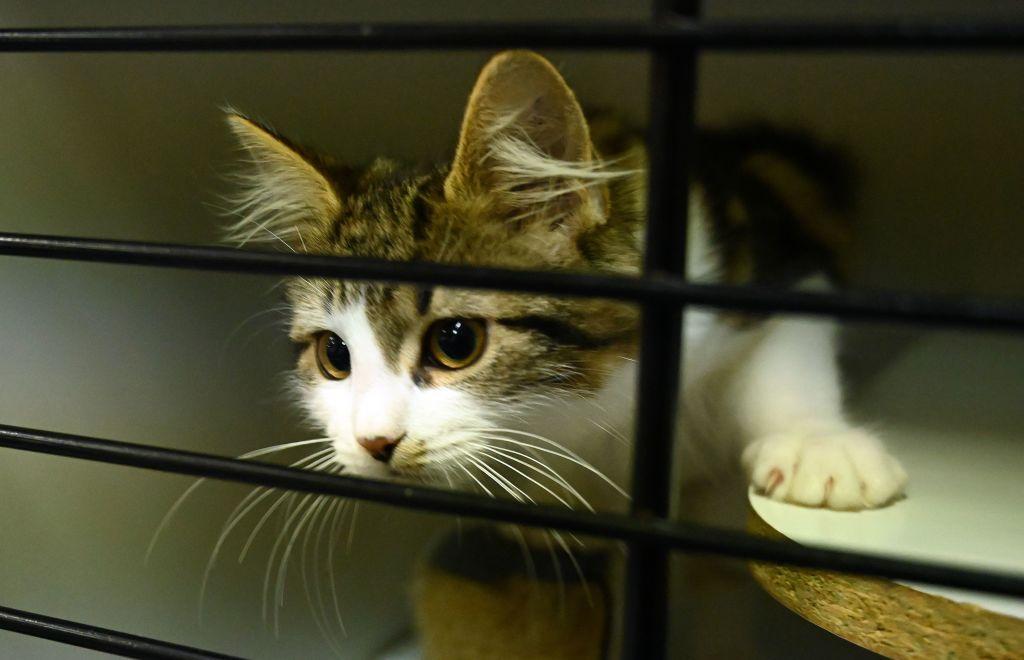Australian glaciologist and engineer Adrian McCallum is embarking on a month-long polar trek on foot to measure Greenland’s ice sheet alongside four other members with whom he has only met online.
The professor from the University of Sunshine Coast (UniSC) has been training for the 580-kilometre (360-mile) trek by dragging four-wheel drive tyres up and down steep hills.




